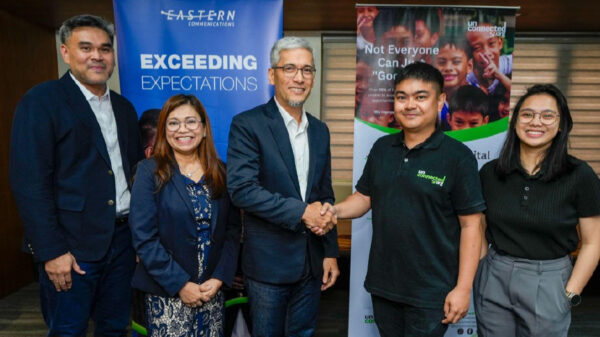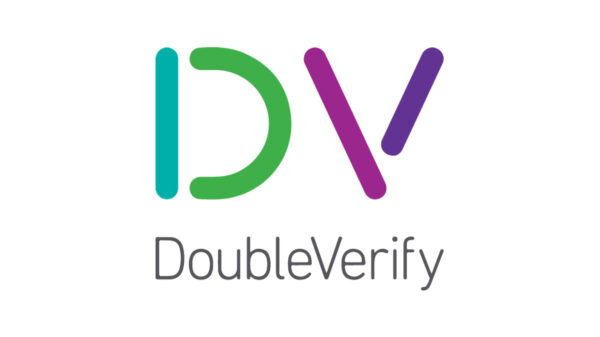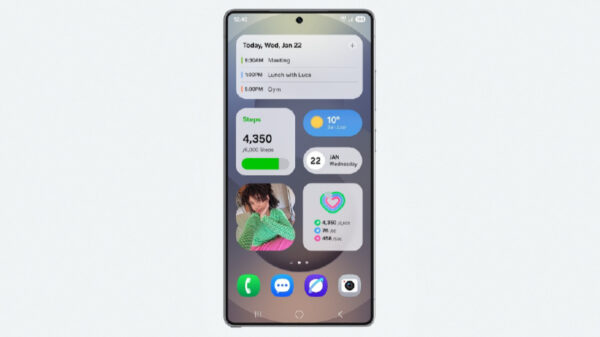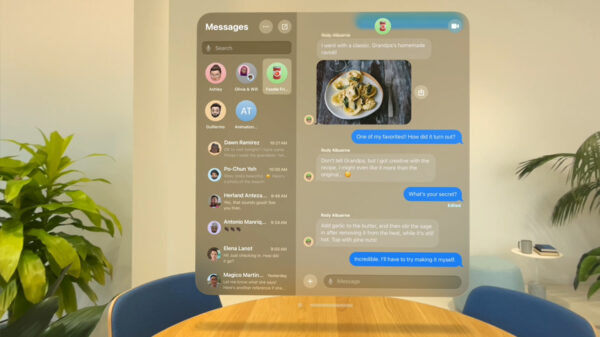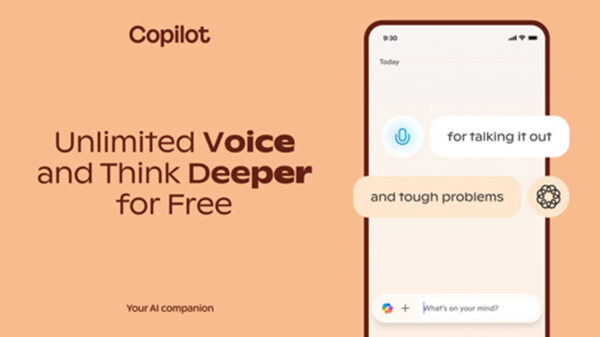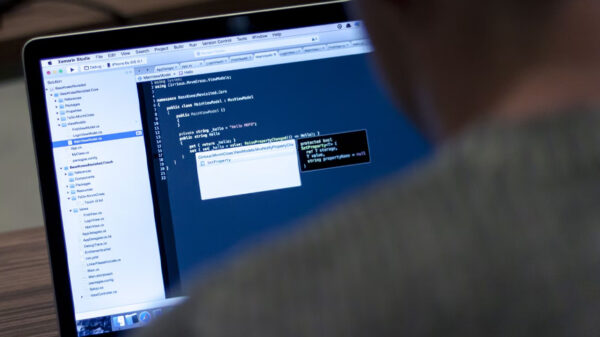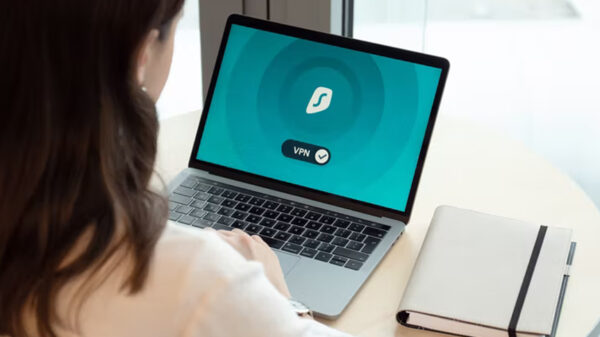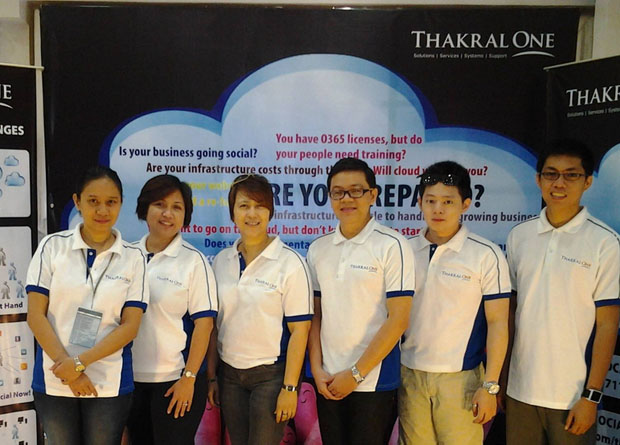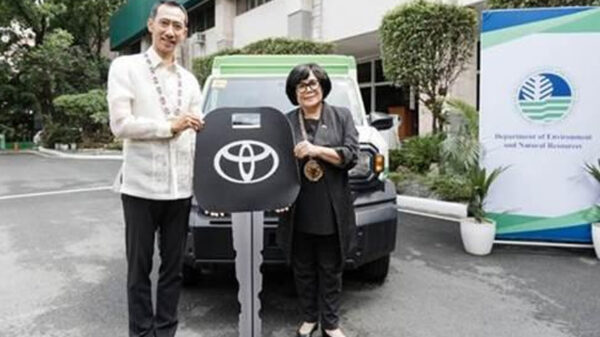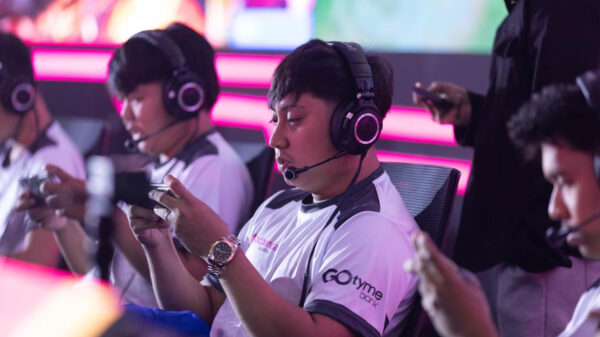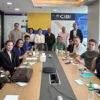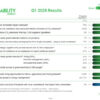The emergence of the Internet has brought a lot of benefits to the people especially to the youth in terms of access to information, connectivity, innovation, education, and entertainment.
Nevertheless, the World Wide Web has also been proven to be a double-edged sword, due to its adverse effects to people and to children in particular.
In his introduction message to the UNICEF paper on “Perils and Possibilities: Growing Online,” Cornelius Williams, associate director and global chief of child protection, United Nations Children’s Fund (UNICEF), pointed out that with the greater access of the children to the Internet, violence against children takes on new dimensions with perilous consequences. Children as young as nine years old have experienced sexual exploitation in different degrees.
Williams noted that protecting children needs a concerted effort among the concerned agencies such as law enforcement, social service providers as well as education, health and civil society to protect the children.
The UNICEF report noted that 53% of the 18-year olds who were surveyed around the world acknowledged the dangers in the cyberspace are for real, and an additional 27% agree somewhat.
As far as the Philippines is concerned, there is still much room for improvement in terms of how child online pornography is addressed. On the side of its perpetuation, there remains to be the perception that virtual harms on children to do not carry much weight on their overall physical well-being. On the side of law enforcement, the government has yet to develop more effective and organized measures to identify victims, trace perpetrators and prosecute cyber criminals.
Philippine law enforcers have started to acknowledge though that child pornography has become the leading form of cybercrime in the country and that it will soon be as pervasive as the illegal drug trade.
“The data speaks for itself. It is now the number one crime in our country. We have to act on this,” said PNP senior superintendent Gilbert Sosa, director of the PNP Anti-Transnational and the Cyber Crime Division of the Criminal Investigation Detection Group.
In their monitoring, PNP research showed cybercrime dens have been operating in the Philippines since 2012, majority in Luzon and Cebu. Moreover, the Virtual Global Taskforce (VGT), an international organization fighting child pornography, ranked the Philippines as one of the top producer of child pornography literature.
In response to these threats, the Philippine government has developed a thorough approach to protect children from the online perils. Since laws crafted involving the protection of children and women are complemented with the creation of interagency committees and councils mandated to oversee and monitor their implementation, a gathering of these committees and councils was created to utilize the government’s resources and combine multidisciplinary initiatives. The group is composed of law enforcement and investigative agencies, social services, information technology offices, non-governmental organizations and other groups.
PLDT-Smart and UNICEF partnership
Recently, leading Internet and digital services provider PLDT-Smart partnered with UNICEF to bring forth programs to educate various stakeholders on the importance of protecting children and youth online.
“The Internet is a powerful tool that brings benefits to the young people. On the other hand, it has also negative effects. On our part as an enabler, we acknowledge the importance of being more deliberate in developing programs and services that help protect young people on the Internet,” said PLDT-Smart head for public affairs Ramon Isberto.
This thrust stems out from the company’s greater commitment to upholding children’s welfare in the conduct of its business. Last October, its key officers underwent a two-day training session on UNICEF’s children’s rights and business program. As a policy-making exercise, this is geared at helping PLDT-Smart translate such advocacy to its stakeholders the workplace, marketplace and community.
This is an UpgradeMag.com feature commissioned by Smart Communications.

